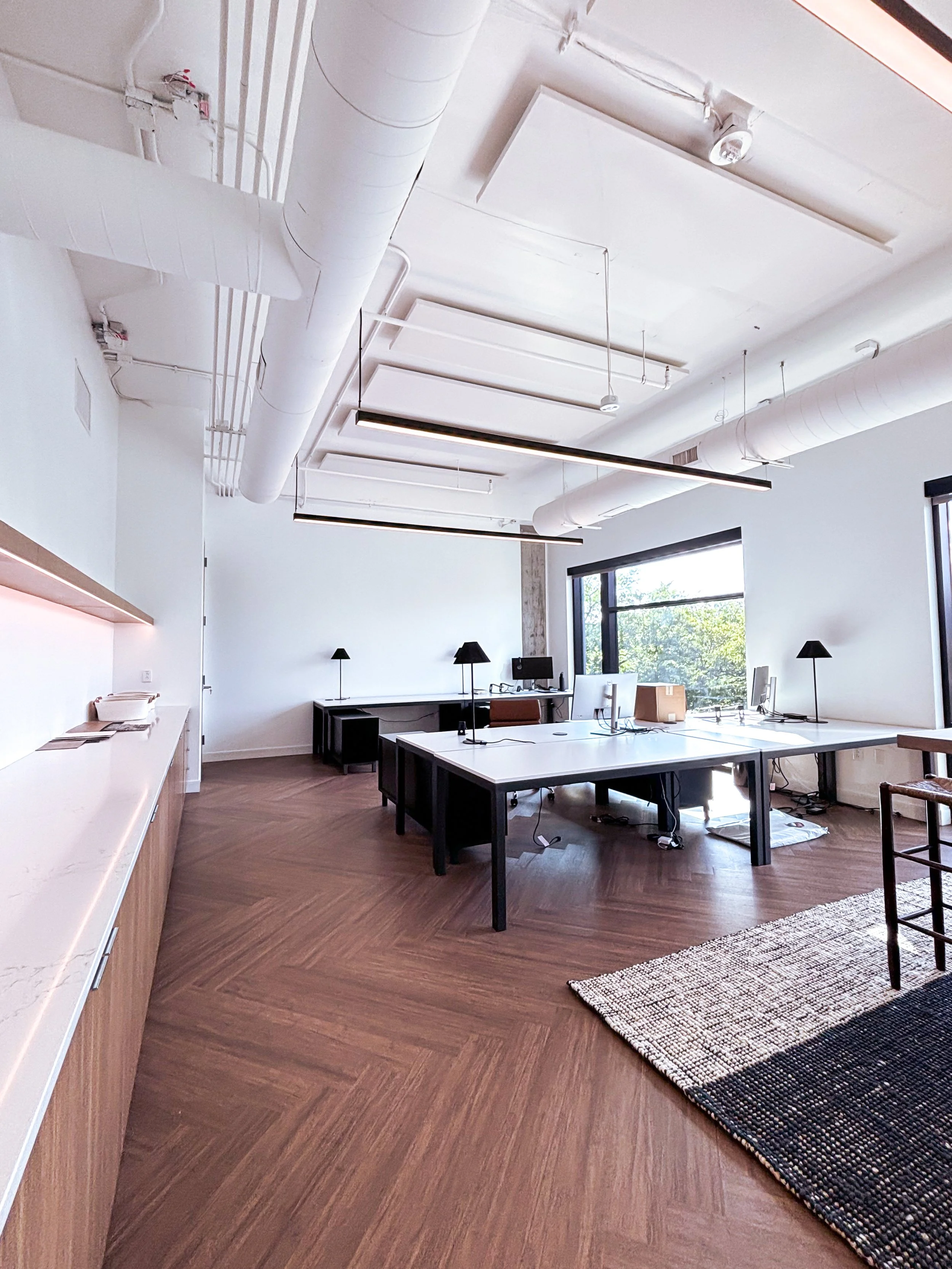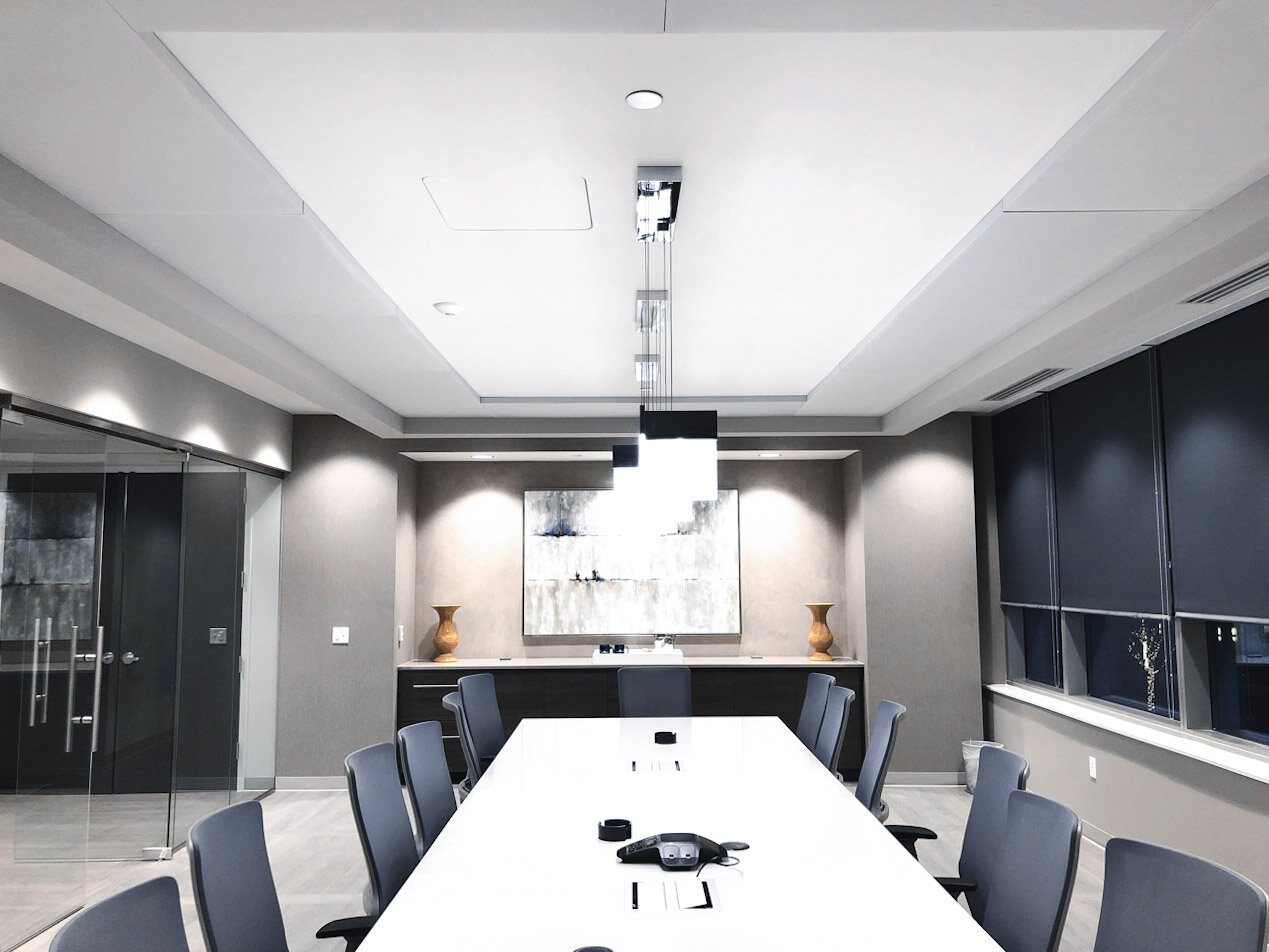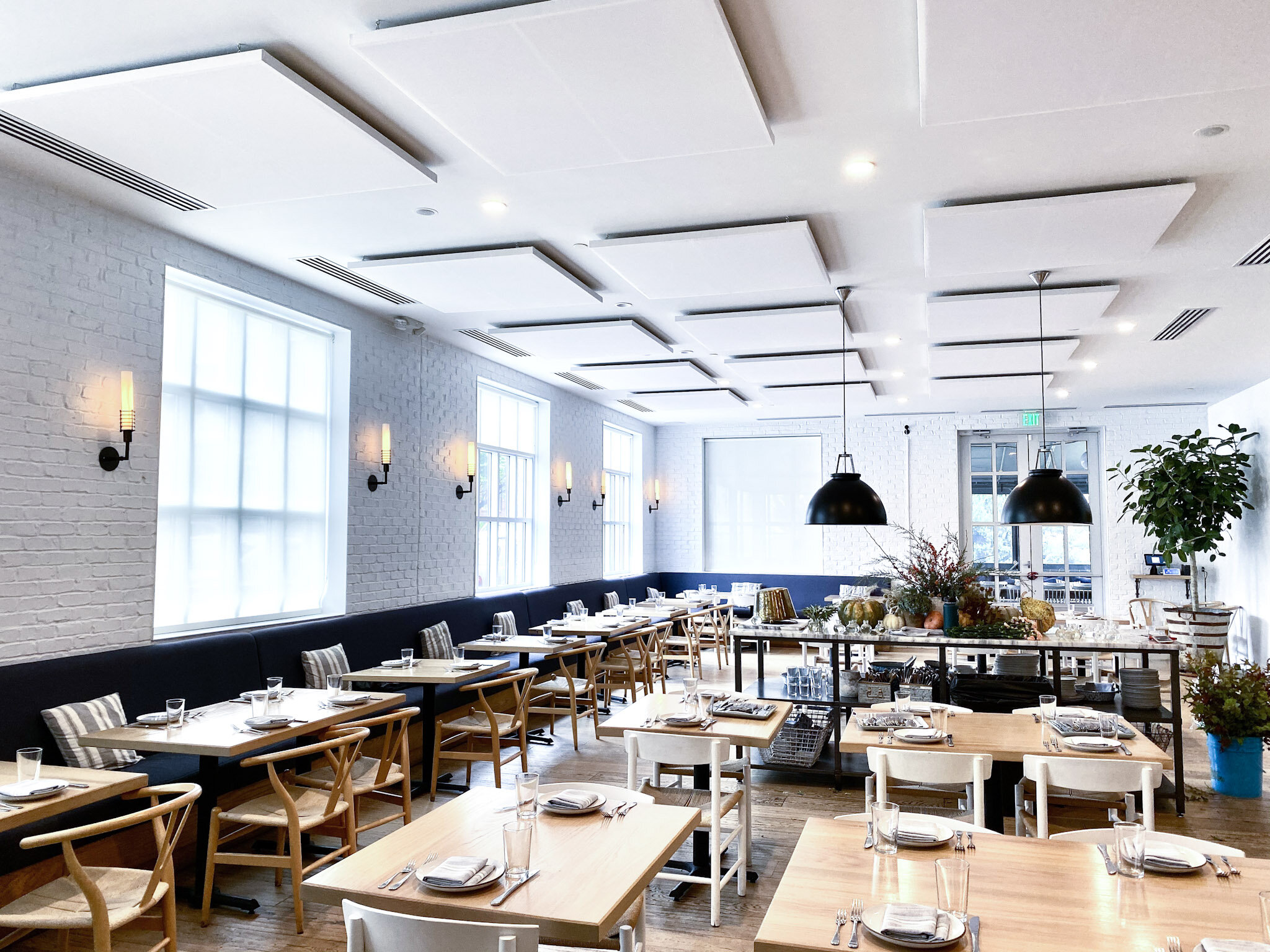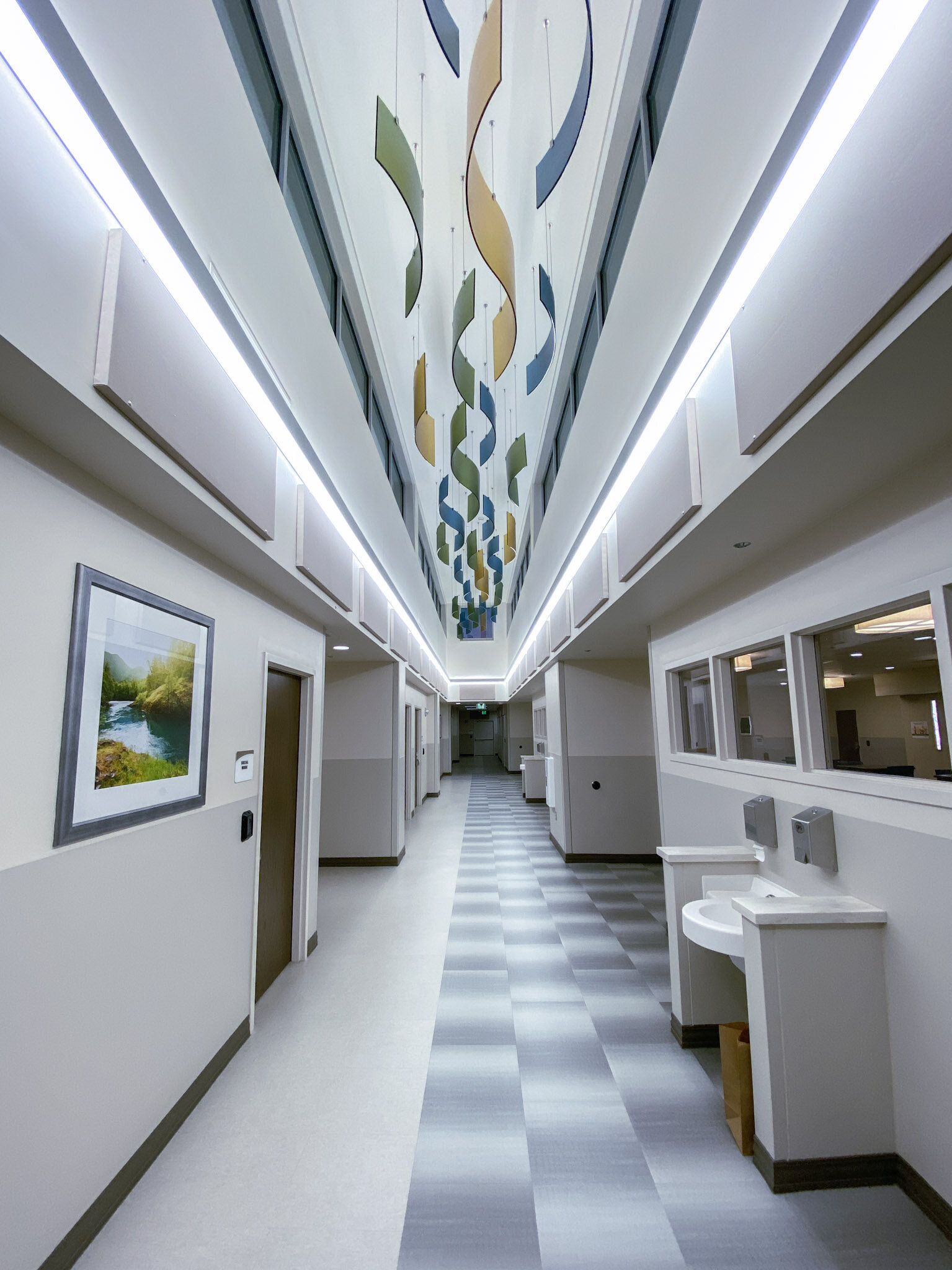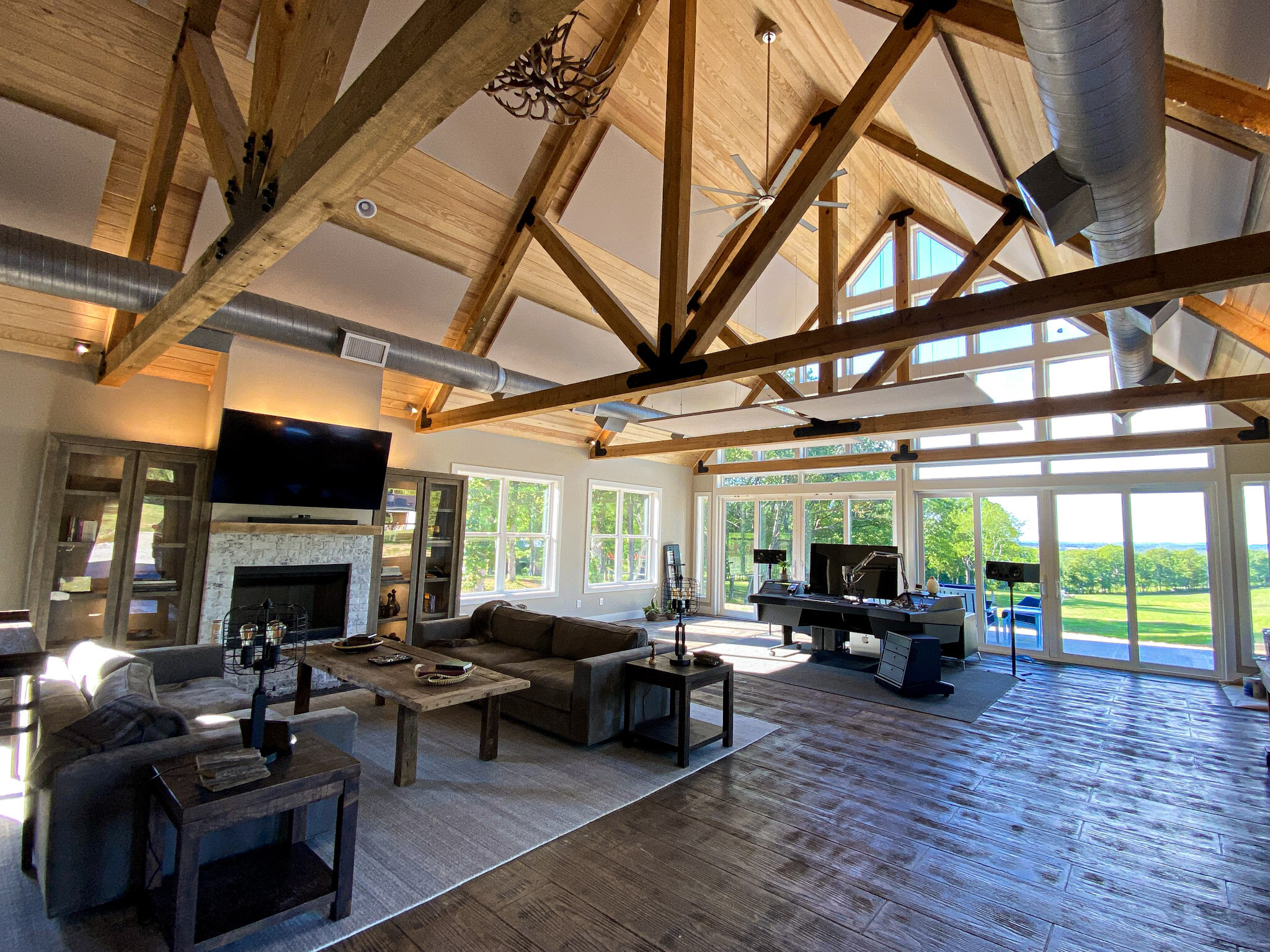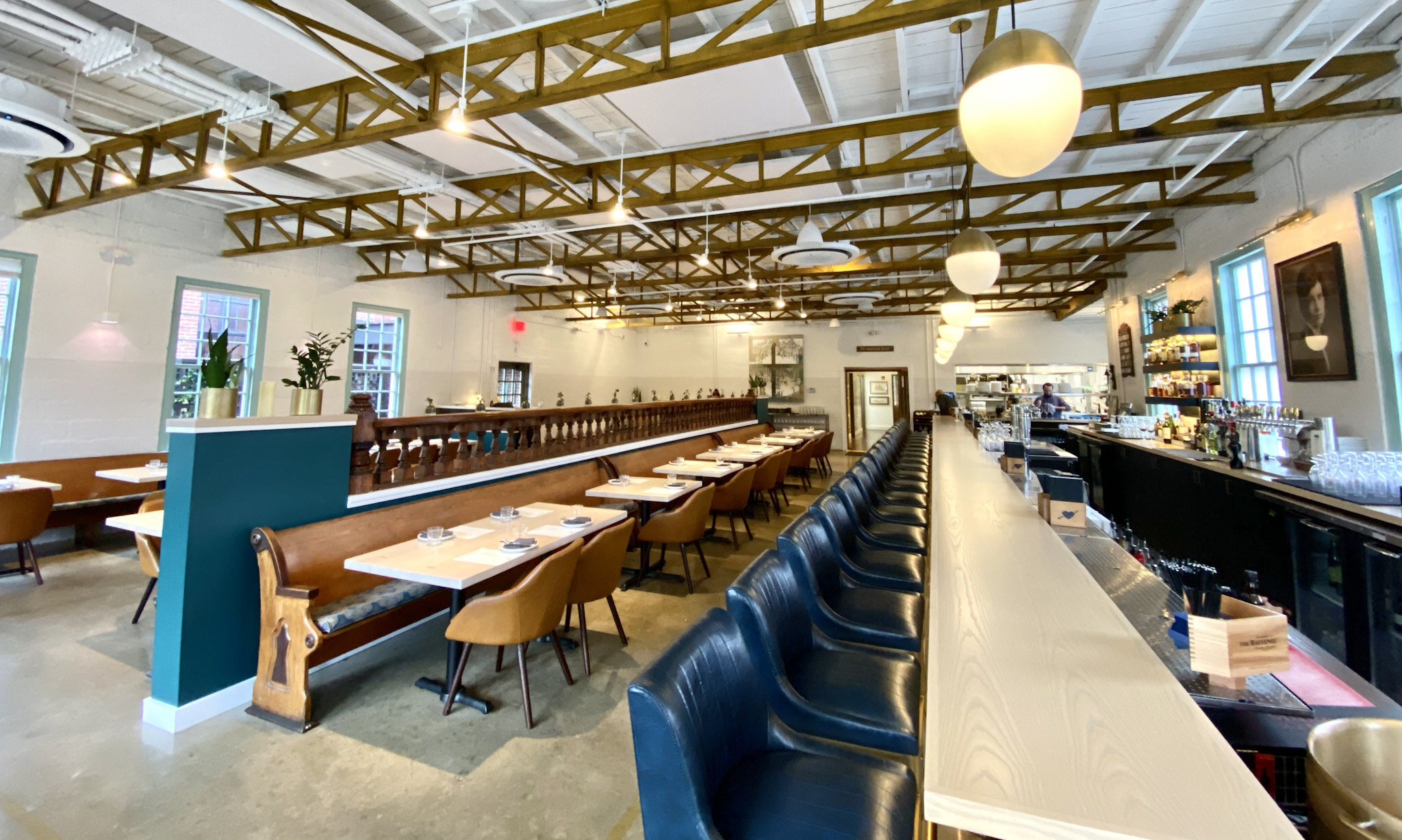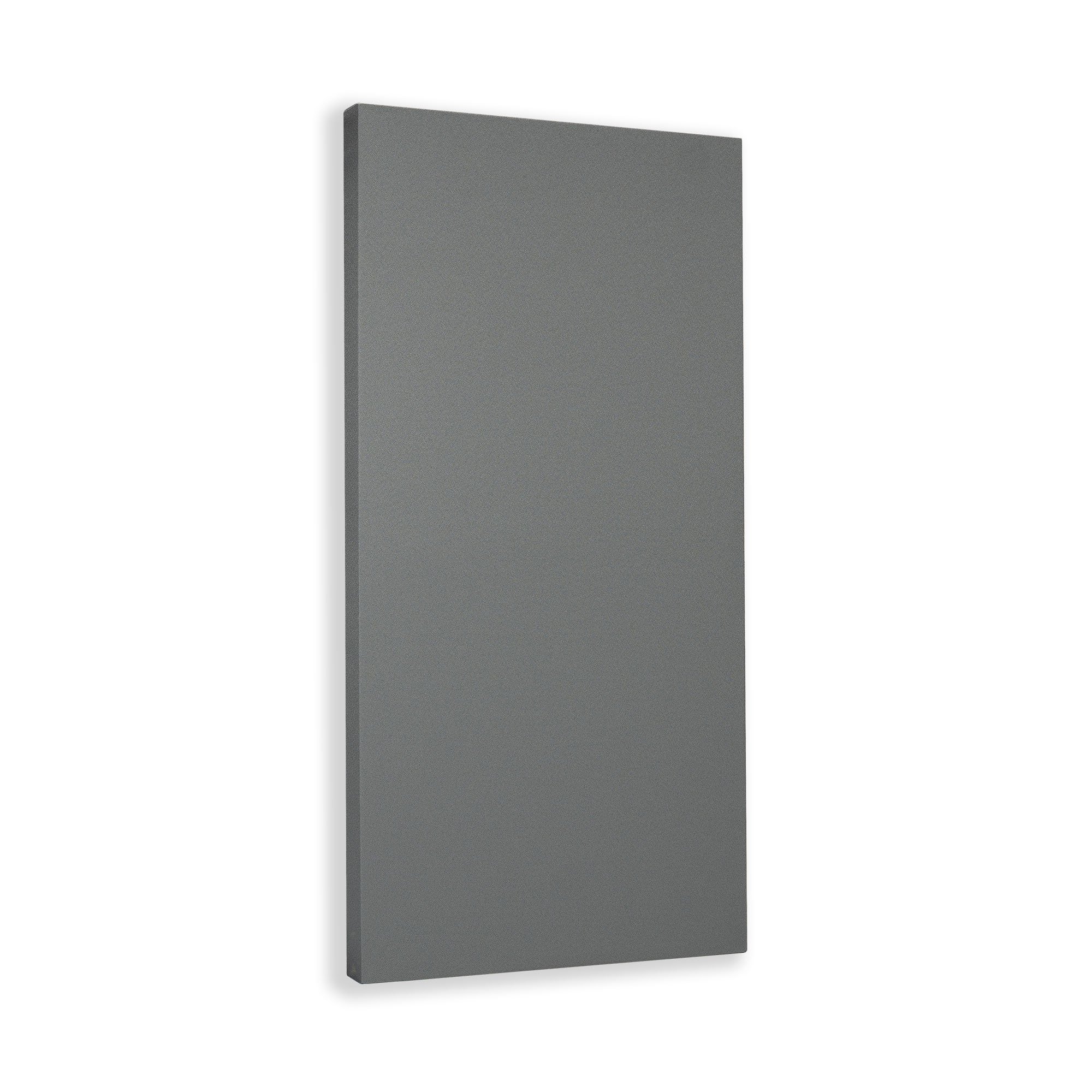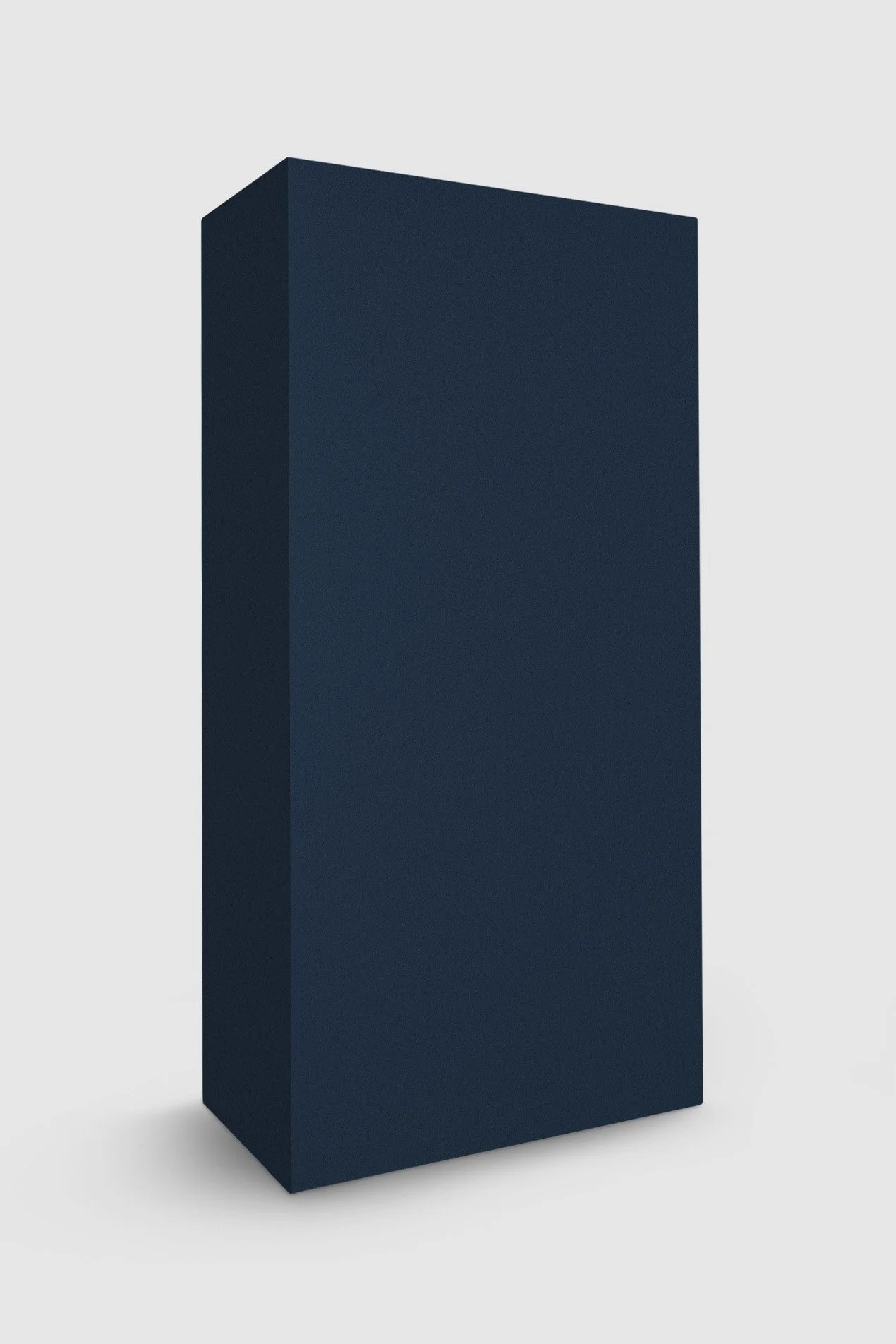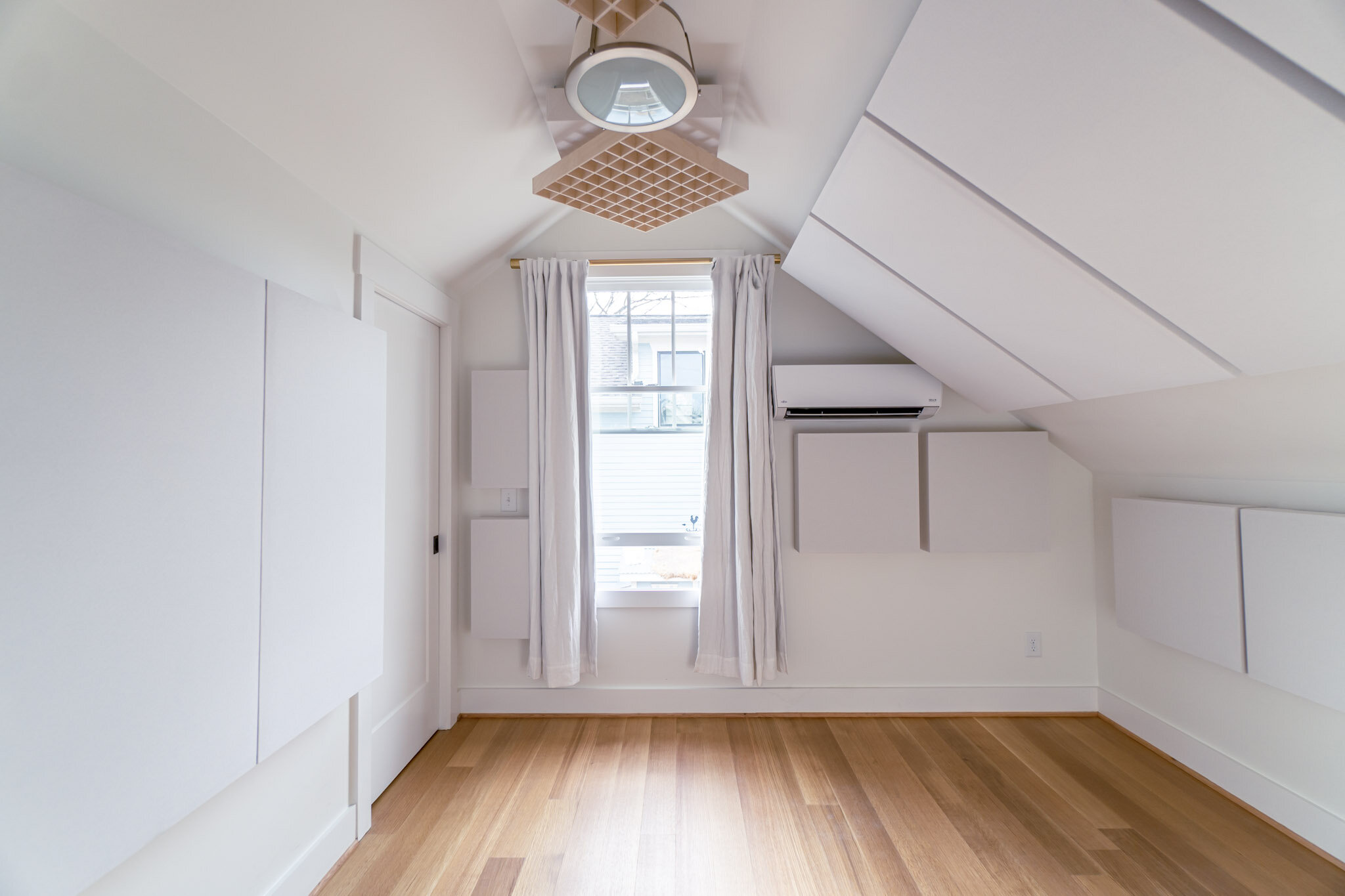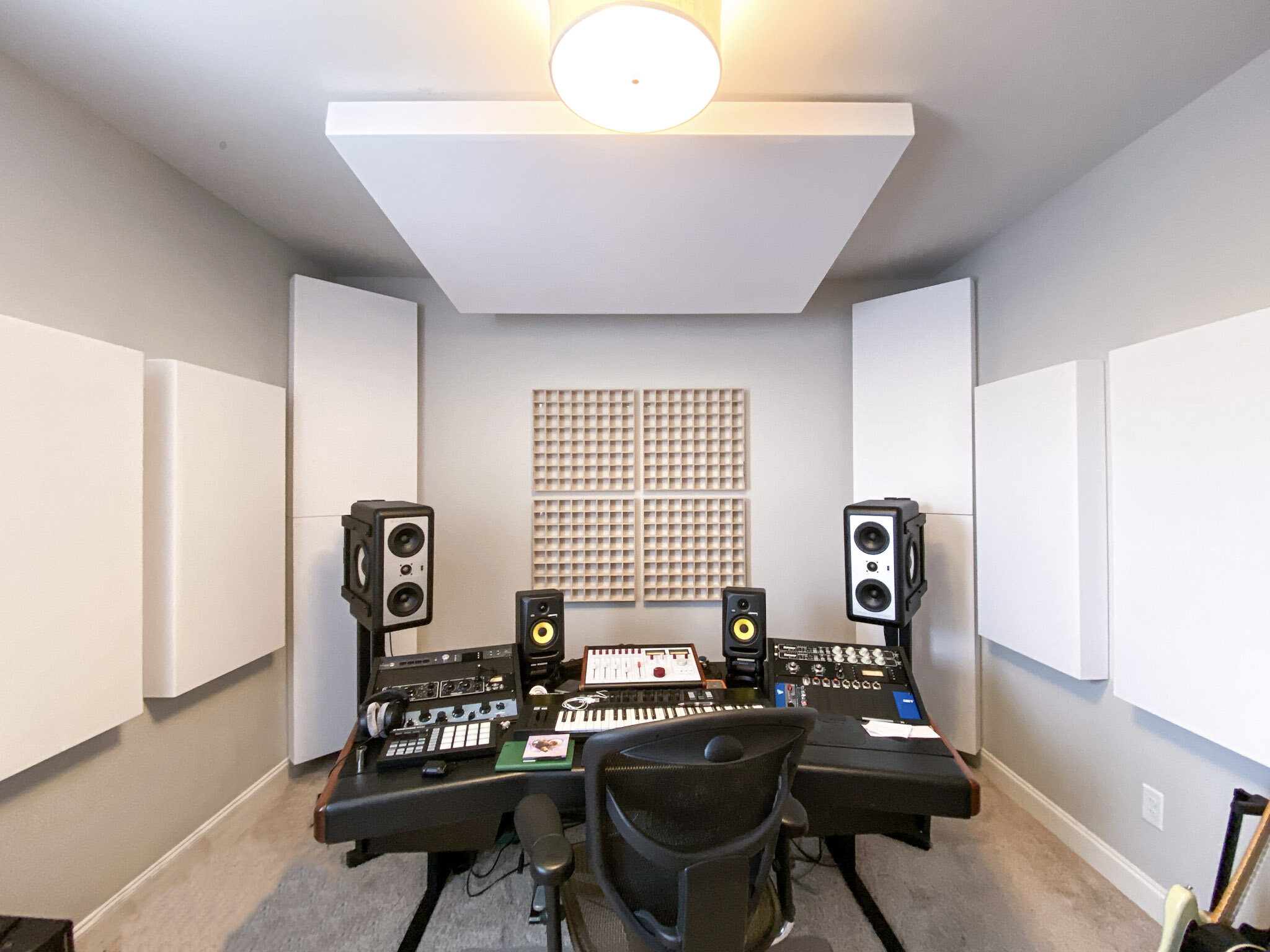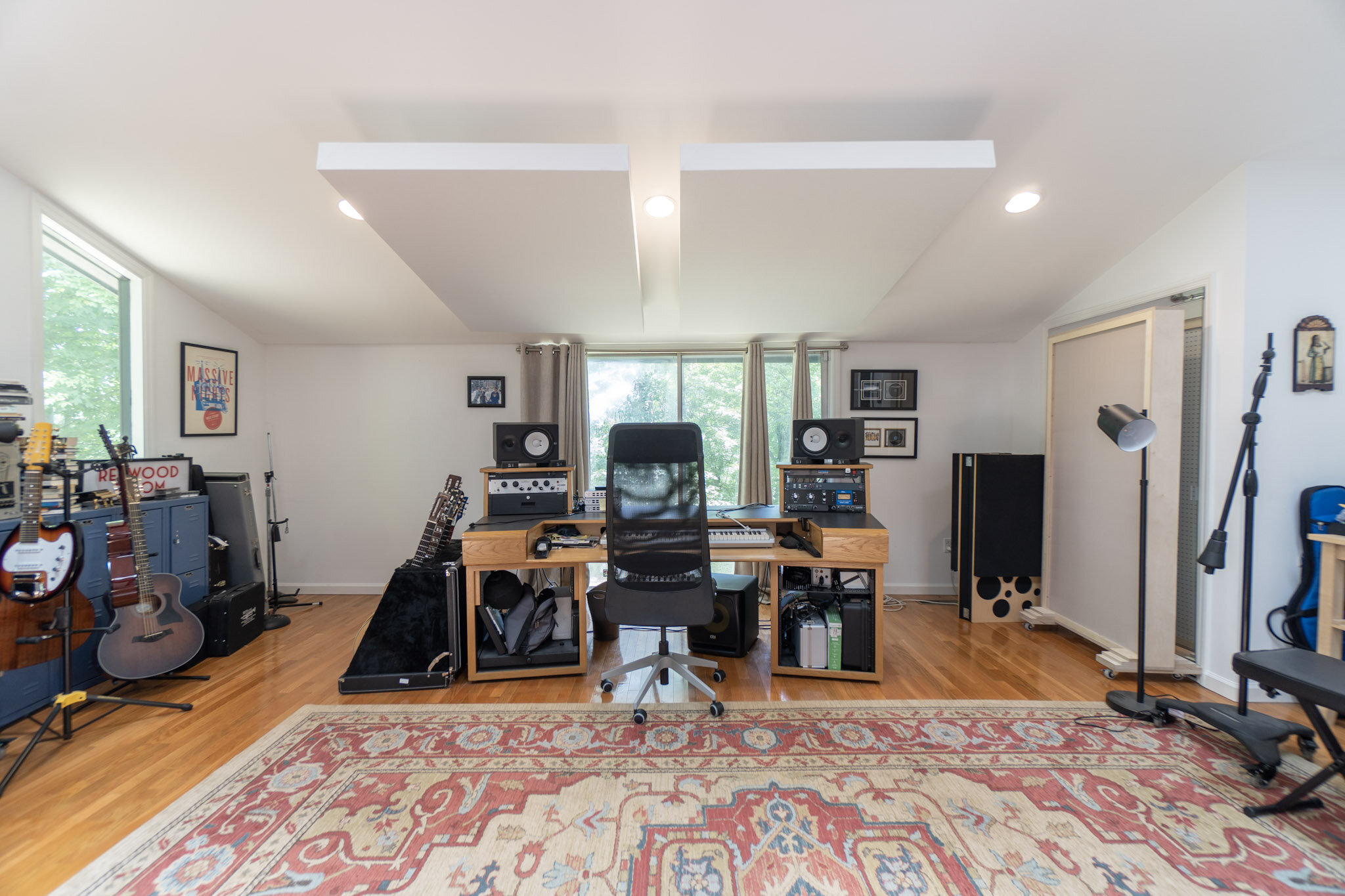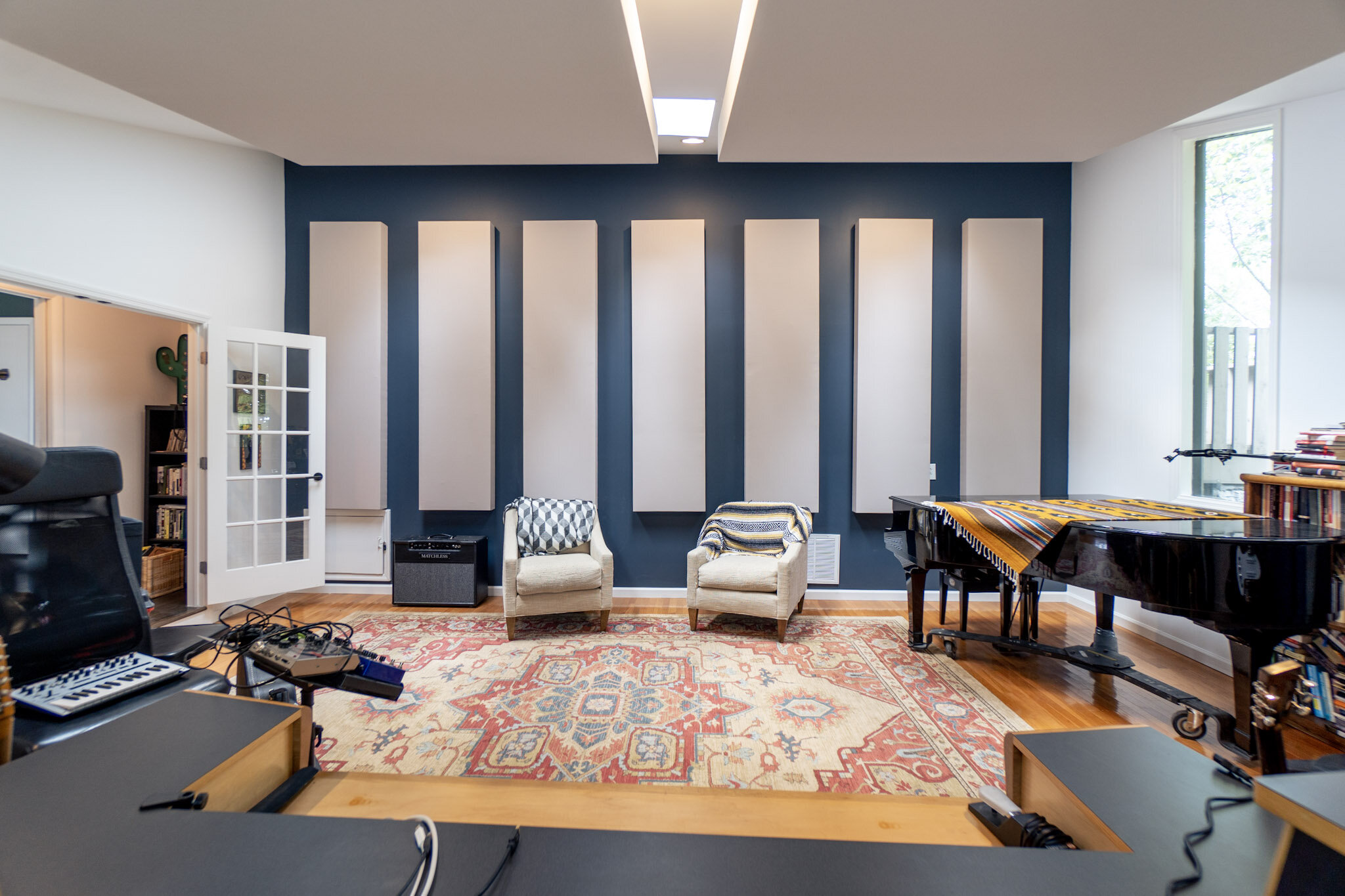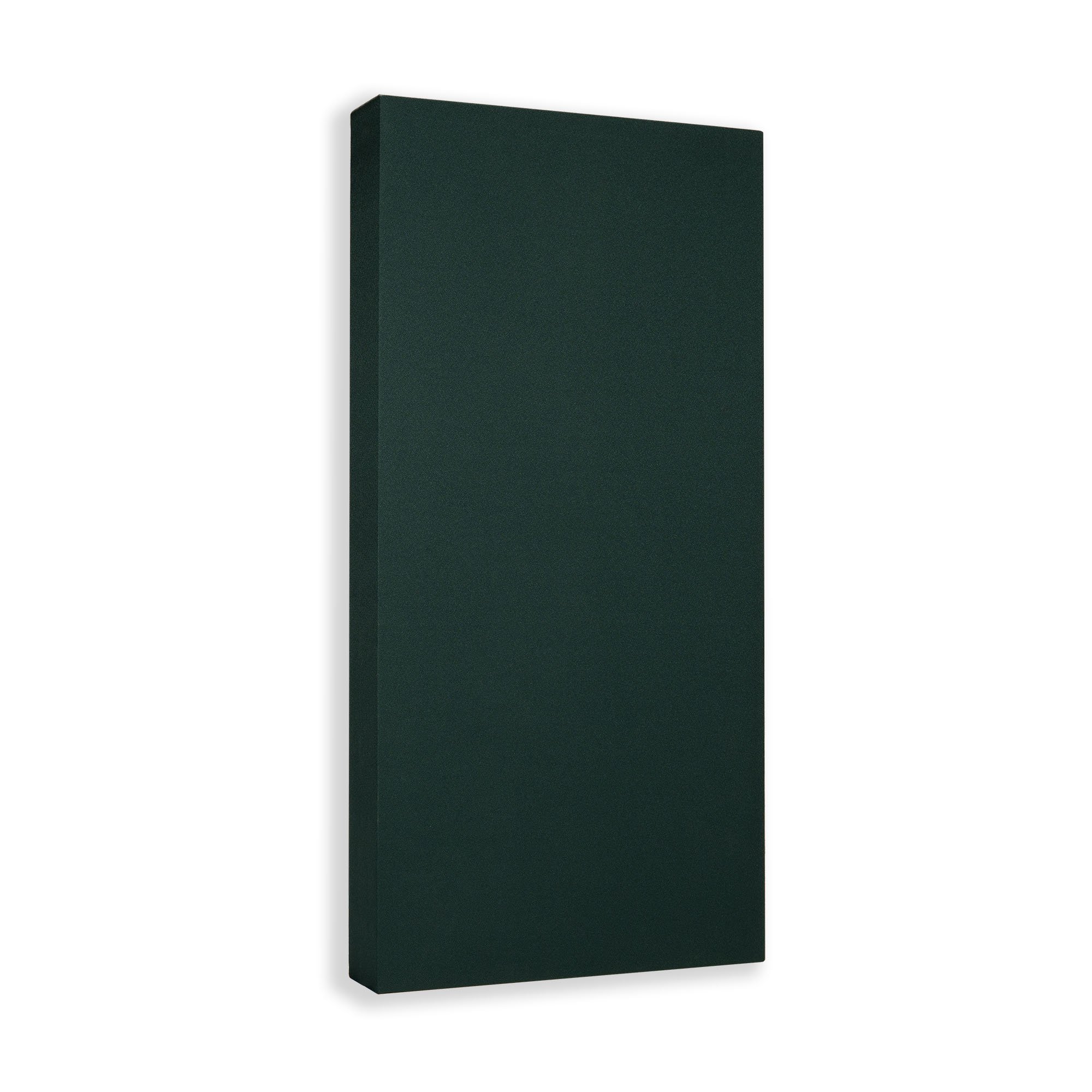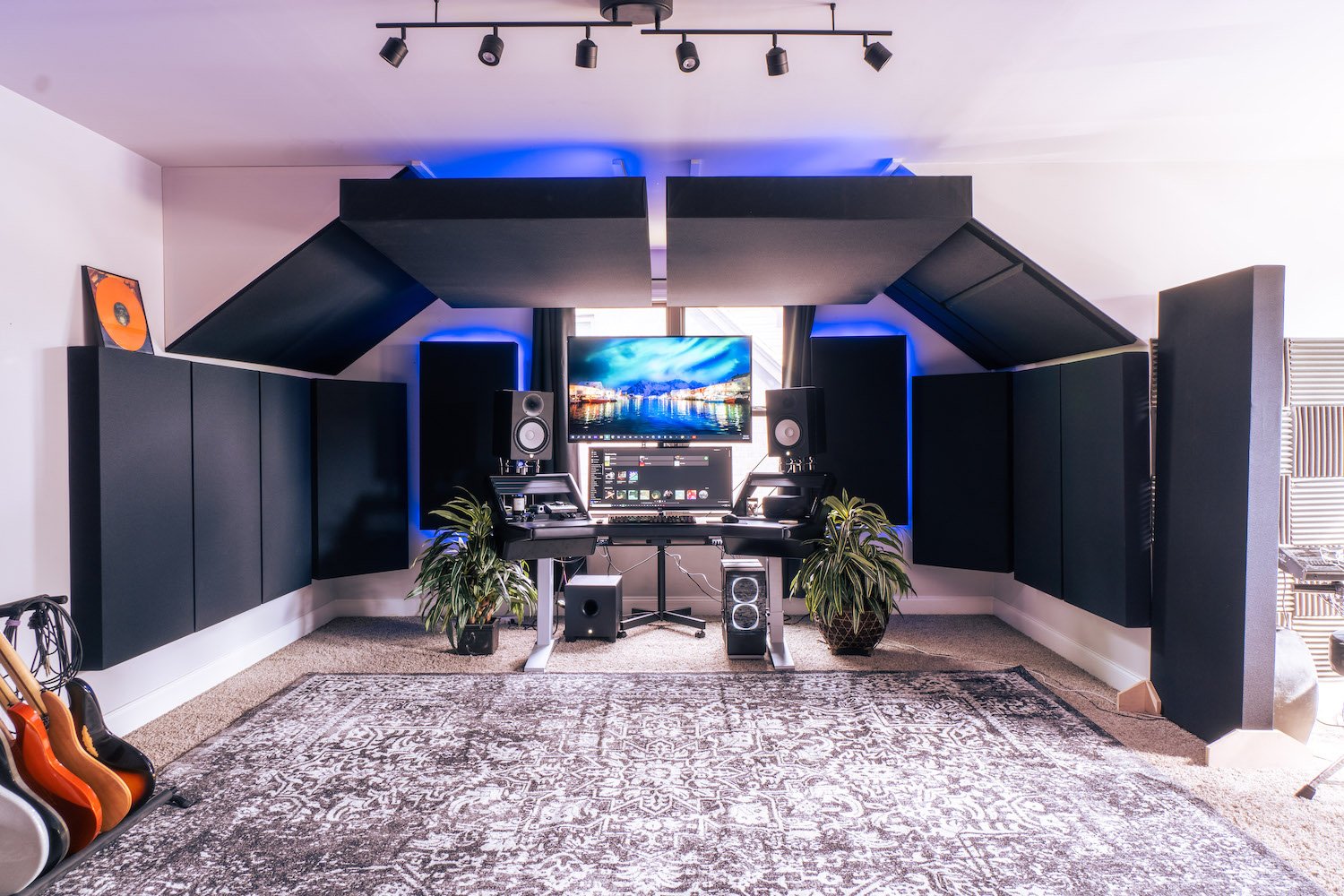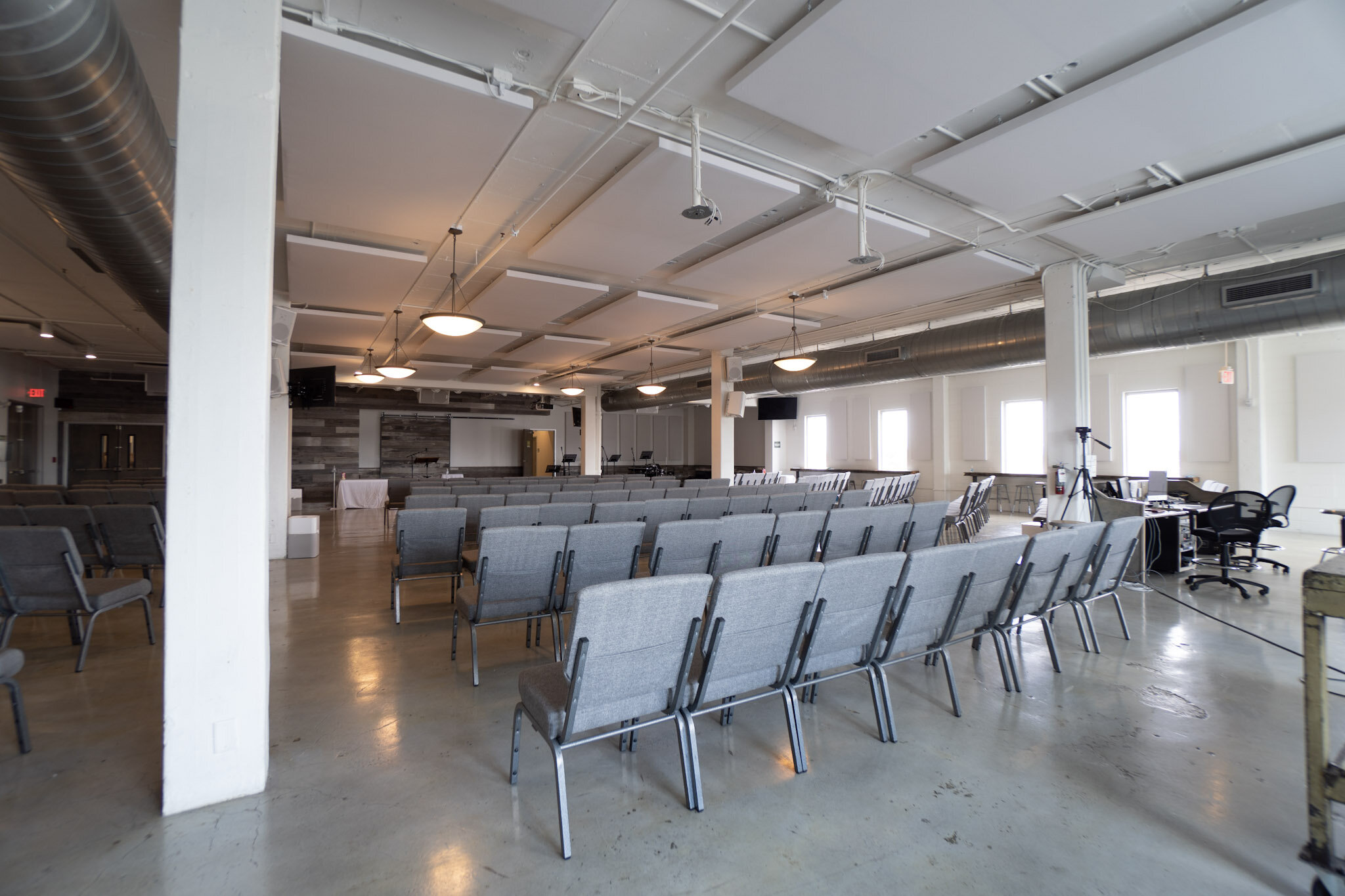Sleek and elegant sound control
When you need a sleek and elegant way to control loud rooms, poor speech intelligibly, distracting background noise, echoes, and long reverb times, Low-Profile Acoustic Panels are a great option. Choose from 15 colors and four different sizes to ensure you solve your acoustic woes and maintain the perfect aesthetic for your space.
Applications
✓ Restaurants
✓ Offices
✓ Lecture halls
✓ Classrooms
✓ Yoga and pilates studios
✓ Gyms
Plenty of features
✓ Tested and Certified - Class A fire-Rating ASTM E84–23d
✓ High-quality construction with solid wood frame for a long life
✓ A wide selection of fabric colors
✓ Hardware included for quick and easy wall installation
Acoustic Panel Performance Measured in NRC
X Axis = Frequency in Hz | Y Axis = NRC rating from 0 - 1
NRC stands for “noise reduction coefficient.” An NRC rating is a percentage grade that represents a specific panel’s ability to reduce noise.
Ratings are typically expressed in decimals from 0 to 1, where 0 represents 0% (meaning the product reflects sound) and 1 represents 100% (meaning the product absorbs sound).
So, for example, if a panel has an NRC rating of .85, that means that roughly 85% of the sound that hits that panel’s surface will stop there.
Ratings can go above 1 because they’re calculated by scoring all of the surfaces of the product, leading to ratings like 1.05.
FAQs
-
Acoustic panels are specially designed structures made to absorb sound waves, particularly mid-to-high frequencies. Their main goal is to reduce unwanted noise, control reverberation, and improve sound clarity within a space. They help "tame" the sound environment by minimizing echo and preventing sound from bouncing uncontrollably around a room.
Typically, acoustic panels consist of:
A core absorbent material: Commonly made from mineral wool, fiberglass, foam, or recycled materials.
A frame: Often wooden or metal, which gives the panel structure.
A fabric covering: A breathable textile that allows sound waves to penetrate to the absorbent core.
They are most often used in recording studios for control rooms, mixing rooms and mastering rooms for a critical listening environment, but can also be installed in offices and gyms for increased productivity, or restaurants, houses of worship, and venues for increased speech intelligibly.
-
This is a very common misconception! Acoustic panels are often incorrectly called “soundproofing panels” or “soundproof panels” but acoustic panels do not soundproof a space. They absorb sound waves within a room to mitigate reflection issues and provide a more balanced and controlled audial environment.
To soundproof a space, you need to implement specific construction methods to add more mass to walls as well as techniques to decouple the shared walls, ceilings, and floors. It’s all about reducing vibration transmission as much as possible!
The differences at a glance:
Acoustic panels improve sound within a room by absorbing sound, thereby reducing echo and enhancing clarity.
Soundproofing blocks sound between rooms with the use of dense building materials, decoupling walls, and closing air gaps to prevent noise from entering or escaping.
Use acoustic panels to make a room sound better inside, and soundproofing to keep sound in or out.
-
There are a few variables at play when determining how many acoustic panels you need for your space, such as:
Room Dimensions
The size of your room plays a major role in determining how many panels are necessary. Larger rooms will naturally require more coverage to achieve effective sound absorption, while smaller rooms can often be treated with fewer panels.
As a general guideline:
Small rooms (under 150 sq ft): 6–10 panels
Medium rooms (150–300 sq ft): 10–18 panels
Large rooms (300+ sq ft): 18+ panels
Ceiling height also matters — high ceilings mean more sound reflection and might require cloud panels or additional wall coverage.
Room Purpose
The function of the room influences how much acoustic treatment you need, and where to place it:
Offices & Conference Rooms: The goal is to reduce echo and improve speech intelligibility. You may only need 30–50% wall coverage.
Home Theaters or Listening Rooms: Balanced absorption and diffusion are key. Front, rear, and side walls are common targets. Bass traps in corners are also recommended.
Recording Studios & Control Rooms: Precision is crucial here. You'll likely need higher coverage — at least 50–75% of reflection points treated, plus bass trapping.
Gyms or Large Open Spaces: These spaces can have long reverb times due to hard surfaces. Treatment focuses on reducing overall echo, often with ceiling baffles or larger format panels.
Budget
How much are you able to spend on treating your room?
Acoustic treatment can get expensive, but if budget is a concern, don’t worry! You can still dramatically improve the sound in your space with a more minimal setup by:
Careful placement of fewer panels — prioritize first reflection points, and wall areas opposite sound sources.
Starting small and expanding — even 4–6 strategically placed panels can make a noticeable difference.
Choosing multipurpose treatments — bass traps that also absorb mid/high frequencies or art panels that double as decor.
No matter what kind of space you have, we’re happy to provide FREE room advice to help you figure out the perfect amount of treatment that works within your budget.
-
Yes! They come with 2” Z Clips standard. You can also get 4” Z Clips or a Ceiling Mounting kit for an additional cost.


